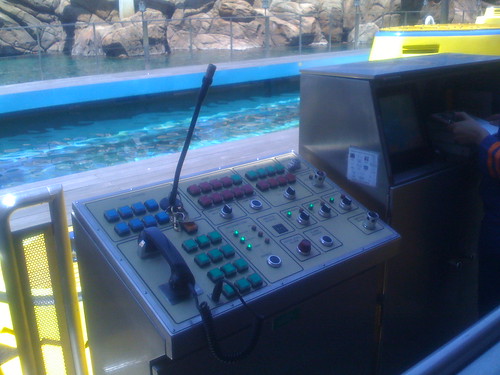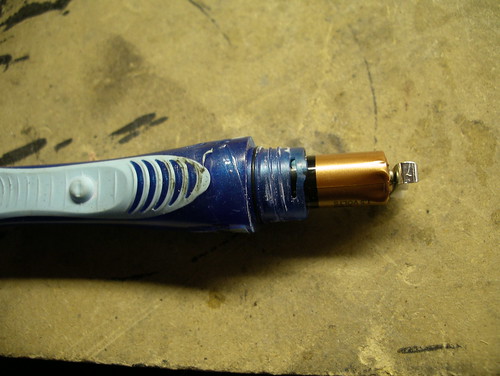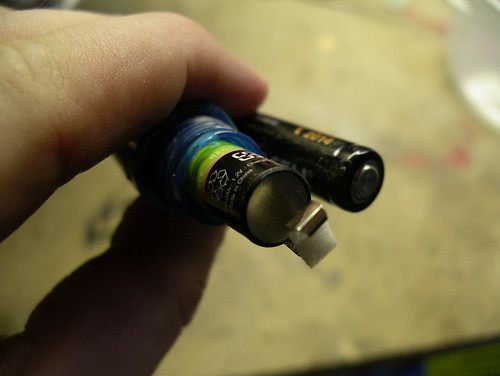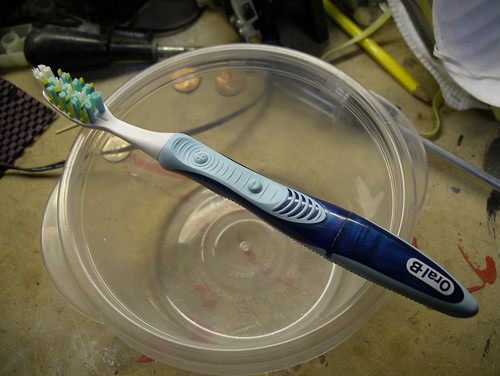Okay, time to get back into gear and finish up the Missile Command cabinet restoration. Last time I posted about it, I’d just rebuilt and polished the Trakball. Here’s what’s happened since then.
Unlike the TRON, the original Missile Command sideart peeled right off, albeit in many little pieces. I love how the artwork has baked into the cabinet — it looks neat, and helped with aligning the new art just right, too.

The cabinet was mostly solid, with the typical beat up edges and corners. A bit of bondo and a lot of sanding cleaned up most of the damage.
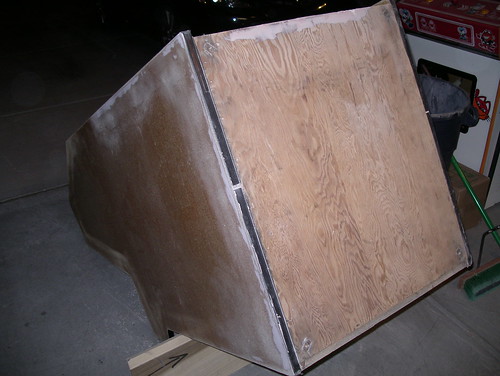
The original lower wood piece had been through hell, so I used it as a basic template and made a replacement.
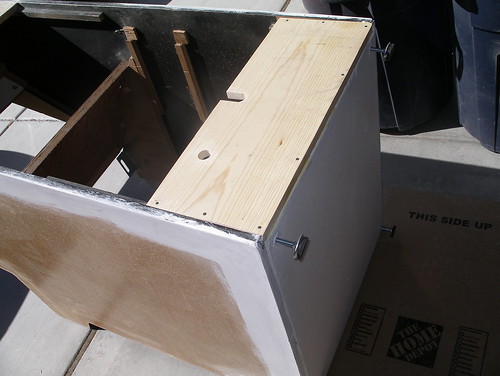
Post paint and prep work. In hindsight, I really should’ve put more time into the sides of the cabinet. I figured that since the original side art was placed on bare wood, and since the wood was apparently in good shape, that I could get away with doing the same with the reproduction artwork. Unfortunately, every time I had to lift the side art during placement, it’d pull up miniscule bits of wood, marring the smooth surface. A proper coat of paint or two would’ve prevented that.

The Missile Command side art sat rolled up in a shipping box through spring, so, much to the annoyance of my wife, I flattened it out over a couple of weeks on the dining room table. Note the creases, they were especially fun to work out during application.


